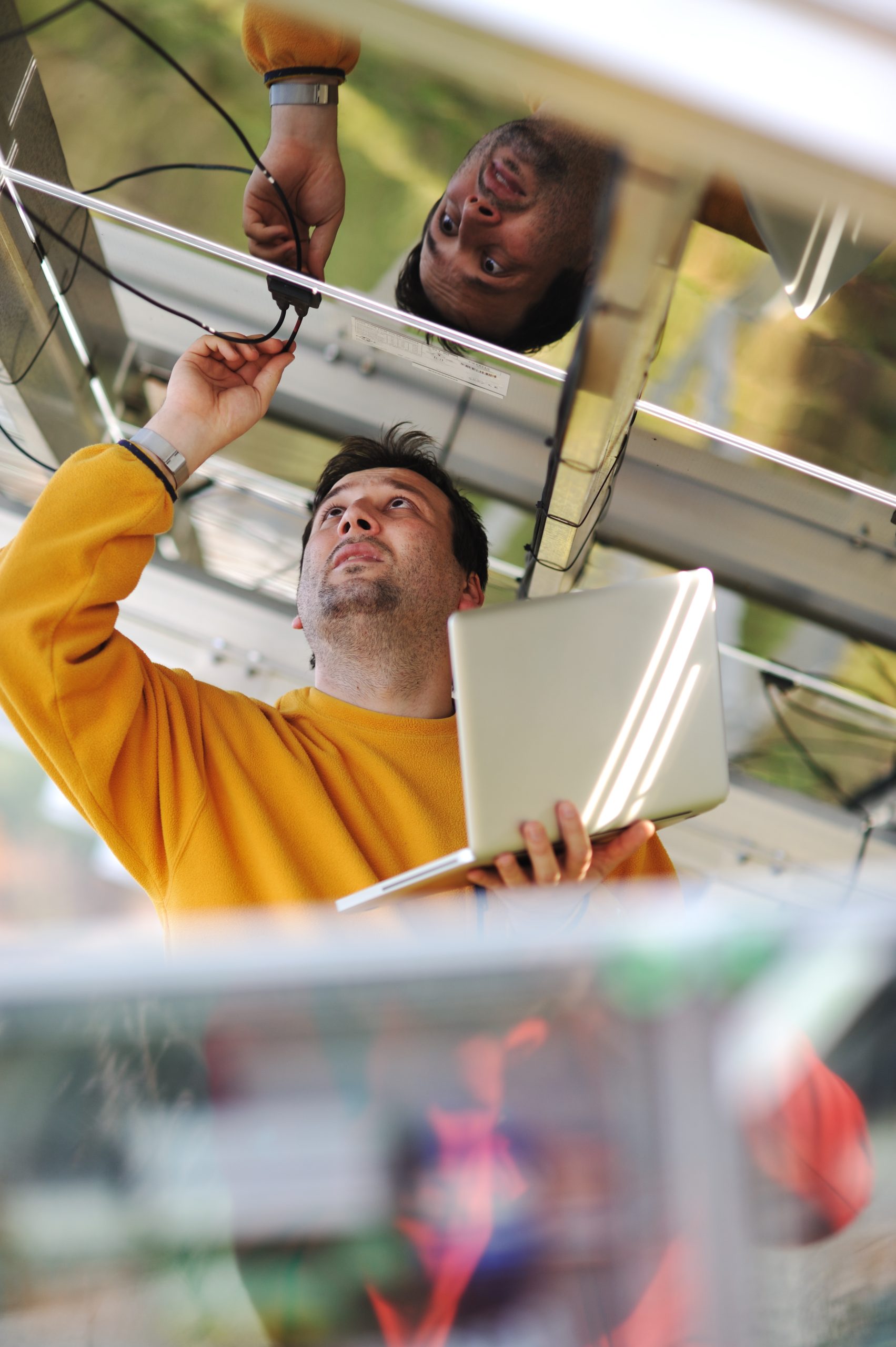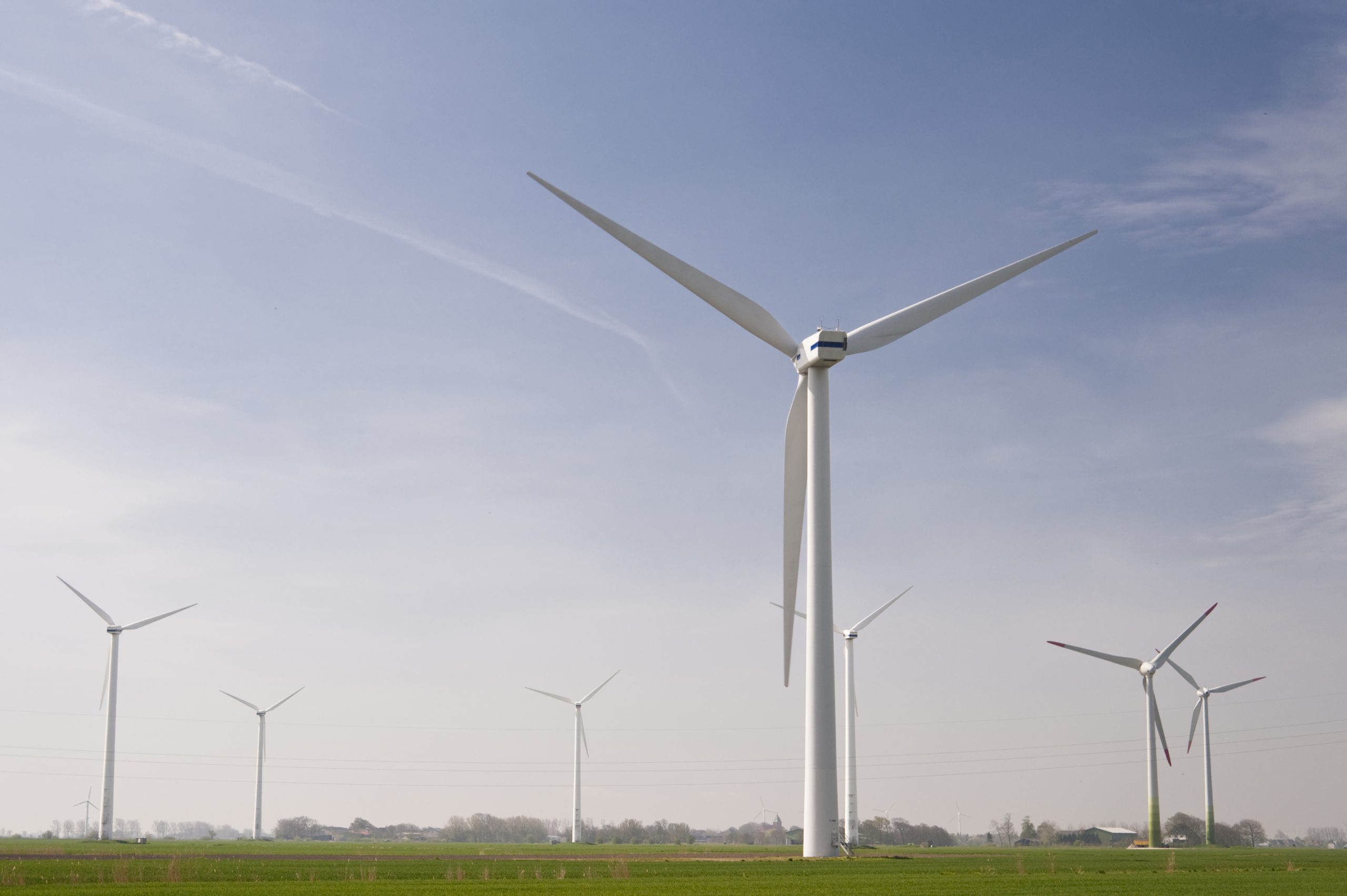Solar power is a renewable source of energy that has become increasingly popular in recent years. With the rising costs of electricity and concerns about climate change, many people are turning to solar panels as a way to reduce their carbon footprint and save money on their utility bills. In this blog post, we will explore whether it’s possible for you to install your own DIY solar panels.
Introduction to Solar Power and Its Benefits
Solar power involves harnessing the energy from the sun through photovoltaic cells. These cells convert sunlight into direct current (DC) electricity, which can then be converted into alternating current (AC) electricity that can be used to power your home or business. There are several benefits to using solar power, including:
Lower electricity bills: Once you have installed your solar panels, you will generate your own electricity, meaning you will need to purchase less from the grid. Over time, this can result in significant savings on your utility bills.
Reduced reliance on fossil fuels: By generating your own electricity with solar panels, you are reducing your dependence on non-renewable sources of energy such as coal and natural gas. This can help to reduce greenhouse gas emissions and improve air quality.
Increased property value: Homes and businesses with solar panel systems are often more valuable than those without them. If you decide to sell your property, having a solar panel system could increase its appeal to potential buyers.
The Cost of Installing Your Own Solar Panels
Installing solar panels can be an expensive endeavor, but there are ways to reduce the cost by doing some of the work yourself. The cost of installing solar panels varies depending on factors such as the size of your system, the type of equipment you use, and where you live. On average, however, installation costs range from $10,000 to $20,000. Here are some tips for keeping the cost down:
Do your research: Before purchasing any equipment, do plenty of research to ensure you are getting the best price. Look for deals and compare prices from different suppliers.
Choose the right equipment: Not all solar panels are created equal. Choosing high-quality equipment that is well-suited to your needs can help to maximize your energy output while minimizing costs.
Consider tax credits and rebates: Many states offer tax credits and rebates for homeowners who install solar panels. Check with your local government to see if you qualify for any incentives.
Choosing the Best Solar Power Generator for Your Needs
When choosing a solar power generator, there are several things to consider. First, determine how much energy you need. This will depend on factors such as the size of your home or business and how much electricity you typically consume. Next, consider the following factors when selecting a generator:
Efficiency: Look for generators with a high efficiency rating. This means they will produce more energy per square foot of surface area.
Durability: Solar panels should be able to withstand extreme weather conditions, so look for ones that are designed to be durable.
Warranty: Make sure the generator comes with a warranty that covers defects and damage.
DIY Solar Panel Installation: A Step-by-Step Guide
If you are handy with tools and have some basic knowledge of electrical wiring, you may be able to install your own DIY solar panels. Here is a step-by-step guide to get started:

1. Determine the location: Choose a location for your solar panels that receives maximum sunlight throughout the day. Keep in mind that the roof is often the most practical place to install them.
2. Assess your energy needs: Calculate how much energy you need based on your typical usage patterns. This will help you determine the size of the system you need.
3. Select your equipment: Choose high-quality solar panels, batteries, and other components that are well-suited to your needs.
4. Plan your layout: Draw up a plan for how you will arrange your solar panels to optimize their exposure to sunlight.
5. Install the mounting brackets: Attach the mounting brackets to your roof or other chosen location. Be sure to follow all safety precautions during this process.
6. Connect the wires: Use copper wire to connect the solar panels together. Be careful not to mix positive and negative wires.
7. Add the battery: Connect the battery to the rest of the system. Make sure it is fully charged before using it to power your home or business.

8. Test the system: Turn on your appliances and electronics to make sure everything is working properly. Adjust the angle of the panels as needed to optimize their performance.
Conclusion
In conclusion, installing your own DIY solar panels can be a challenging but rewarding experience. While it requires some initial investment, it can ultimately save you money on your utility bills and provide a clean source of energy for your home or business. By carefully selecting your equipment, planning your layout, and following proper safety procedures, you can successfully install your own solar panel system.
Leave a Reply